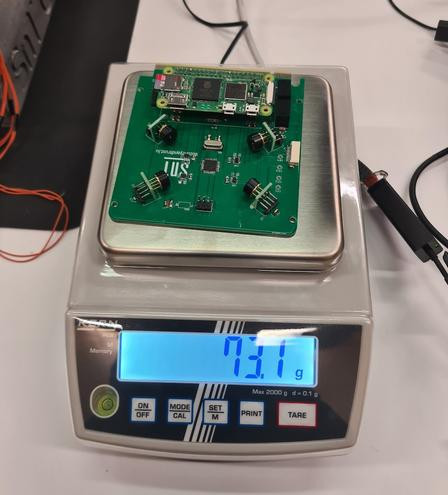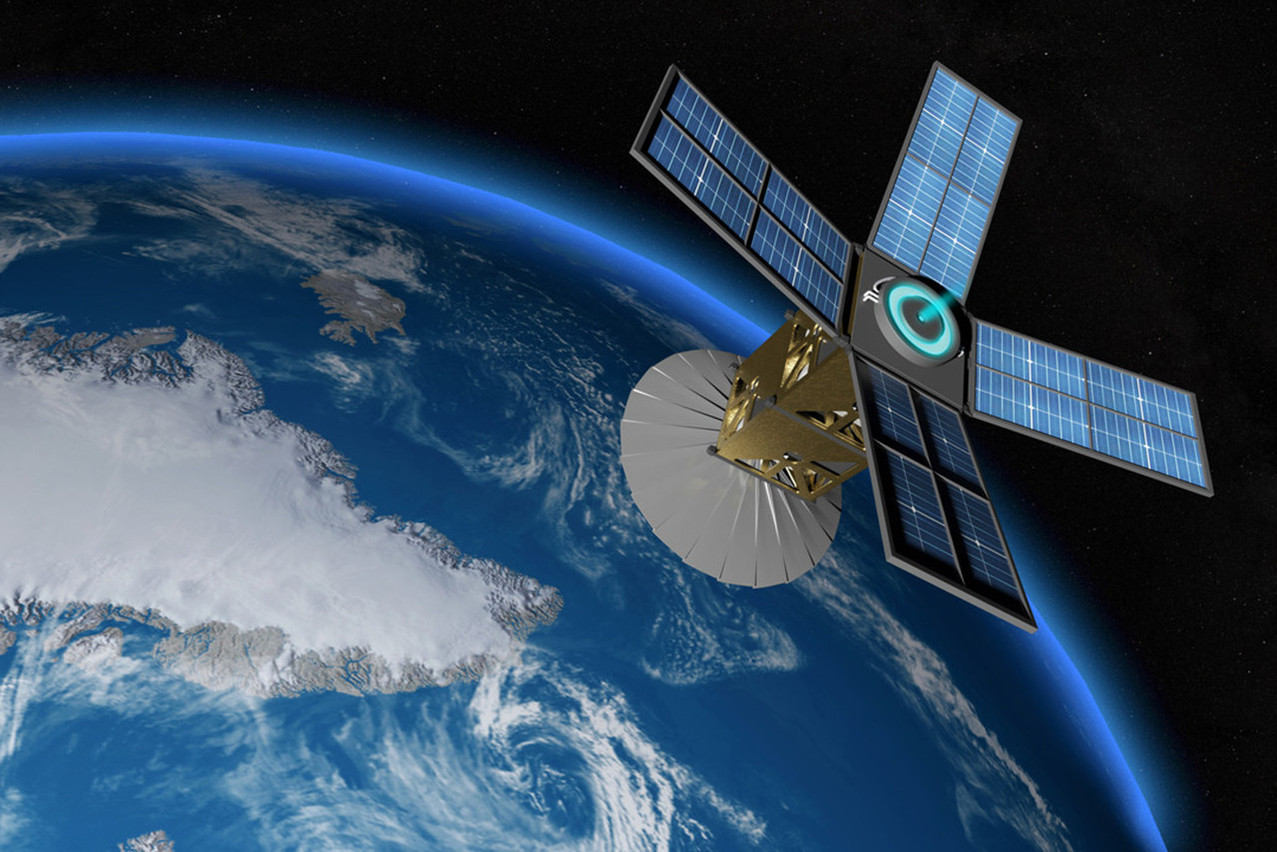The head of the CubeSat laboratory at the Interdisciplinary Centre for Security, Reliability and Trust (SnT), Jan Thoemel, says he is pleased “to have completed the system on time and within budget.” Since 2022, the team of researchers in space systems engineering (SpaSys) and in computer vision, imaging and machine intelligence (CVI2) have been developing AI4Space, whose mission is to test machine learning algorithms to detect temperature anomalies in satellite systems in a more advanced way than is currently done.
Until now, measurements have been based on a limited out-of-range monitoring method: as long as the temperature remained below a predefined threshold, the satellite was considered to be in good condition. “However, something can go wrong with the interaction of certain components long before the temperature limit is reached,” explains Thoemel. “Our experiment uses machine learning algorithms to detect complex patterns in temperature changes that can reveal a problem in real time before it leads to a major failure,” he adds.
A year’s work for 73.1 grams
As part of the collaboration, SpaSys has focused on hardware design, development and integration, and has initiated the development of machine learning algorithms for anomaly detection and code deployment.
For their part, experts from the CVI2 group contributed their knowhow to train the anomaly detection algorithm.
The result of this cooperation took the form of a printed circuit measuring 10 cm x 10 cm and weighing 73.1 grams, fitted with sensors, resistors and an infrared camera to measure the satellite’s temperature. An onboard computer was also installed to process the algorithms. In January 2023, the system was carefully shipped to Australia, where it was mounted on the Skykraft satellite.

The printed circuit board weighs just 73.1 grams. Photo: SnT / University of Luxembourg
A revolution for satellites
Monitoring the temperature of satellites, but also of any electronic device, is a reliable way of ensuring that they are working properly. “To use an analogy with the human body, it’s like taking a person’s temperature and pulse,” explains Thoemel.
This device would be a considerable advantage for the thousands of satellites in low Earth orbit that communicate with Earth three or four times a day. Their ability to autonomously detect and resolve anomalies before they become problematic would have a twofold benefit. Not only does this extend their lifespan, but it also reduces the amount of supervision required to keep them running smoothly.
“We’re going to analyse the data and the results of onboard anomaly detection, and make them available for everyone to use. We also plan to recycle the algorithm to further improve onboard anomaly detection,” concludes Thoemel.
This story was first published in French on . It has been translated and edited for Delano.
